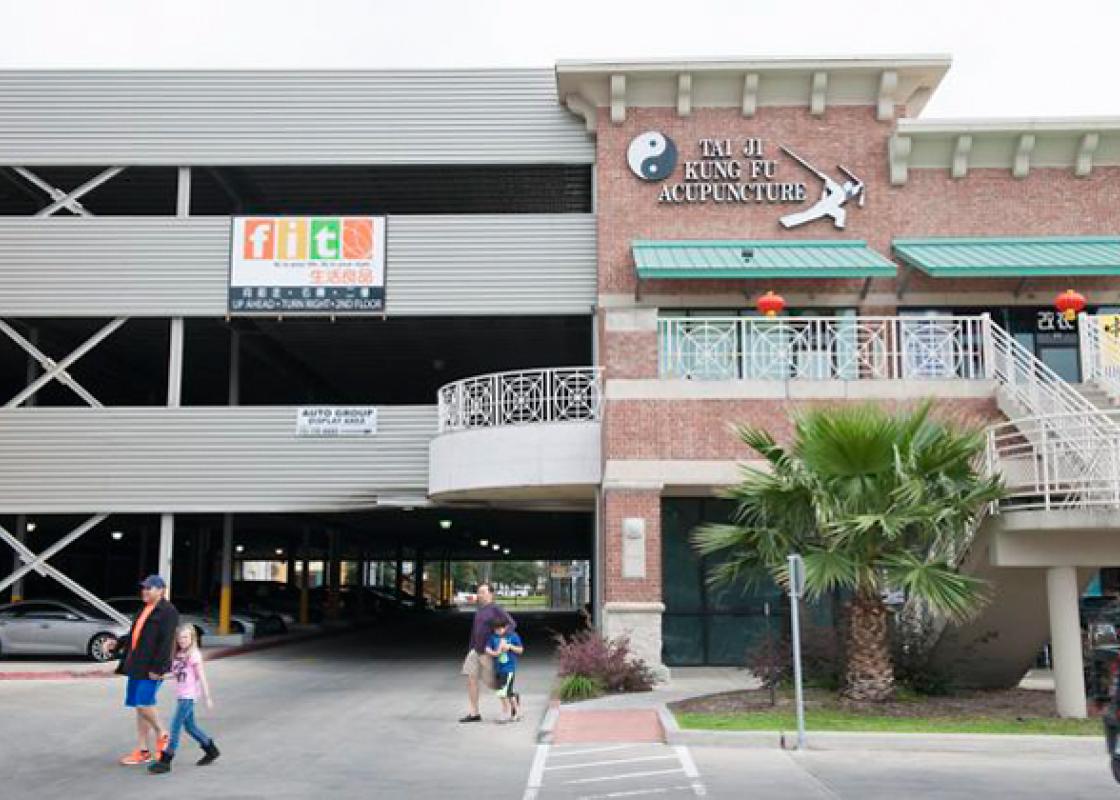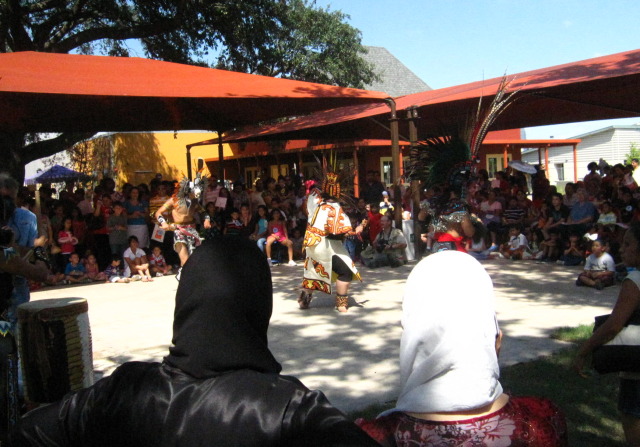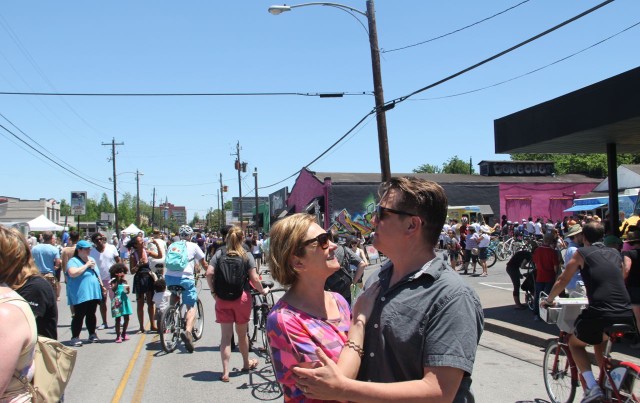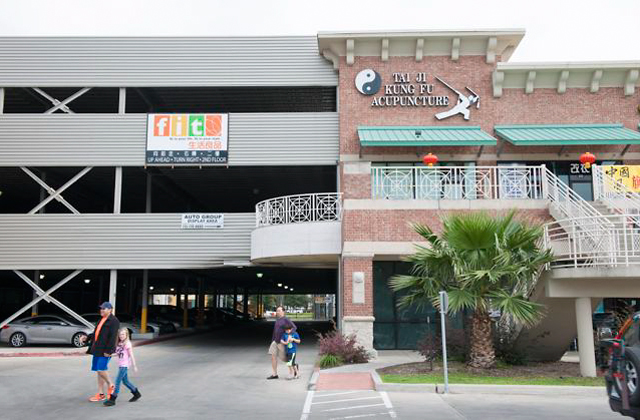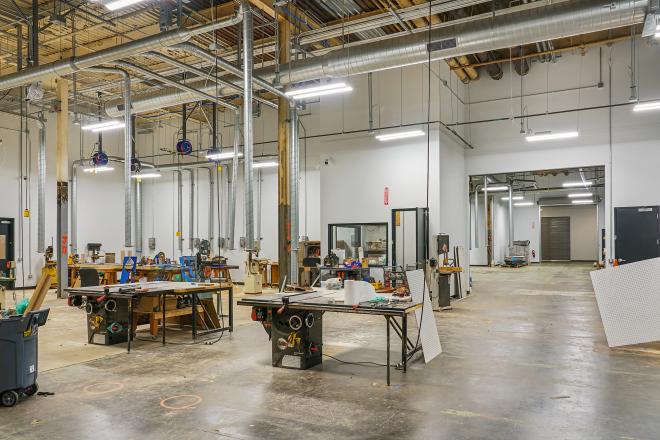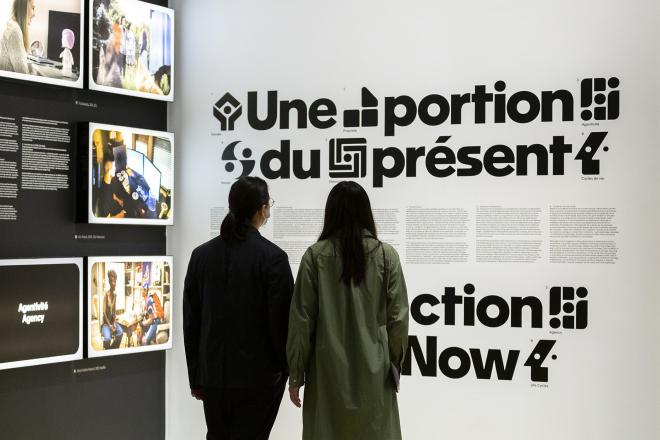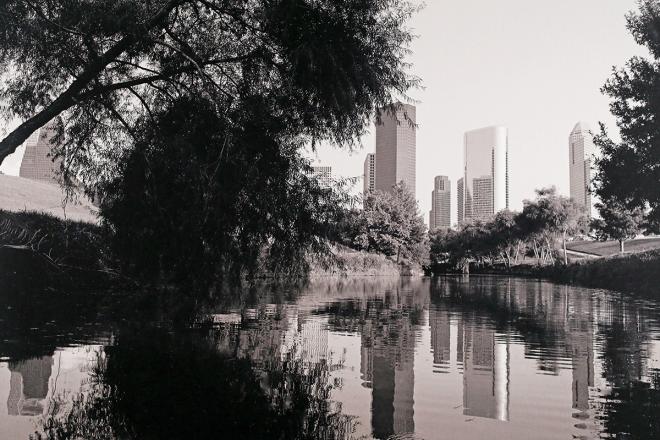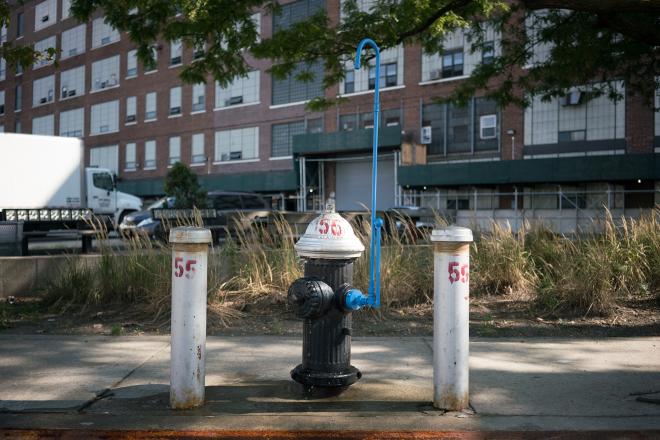Around the world, the legacy of Jane Jacobs is being celebrated on what would have been her 100th birthday. She's most famous for her critique of slum clearance and her book The Death and Life of Great American Cities. She called for the preservation of old, mixed-use districts. She called attention to the virtue of short blocks and ground-floor retail. She urged the mixing of uses, mixing new and old, mixing income groups.
In Houston, we have a few neighborhoods originally built around streetcars that still have the bones — the human-scaled streets, the old buildings — for a return to a more pedestrian-oriented past. However, most of the city was built after World War II when automobiles became dominant, blocks grew supersized, and — even in the absence of zoning — uses were separated by huge distances along highways. That means we have to be more creative about celebrating Jacobs and envisioning a future less dependent on everyone owning a car. As the contributors to Reconsidering Jane Jacobs (APA Planners Press, 2011) argue, instead of looking for the forms Jacobs wrote about, we should look with the curiosity and openness that characterized her approach. In other words, let's look for Jane in all the "wrong" places. Here are five examples:
Baker-Ripley Neighborhood Centers Inc.
The densest neighborhood in Houston, Gulfton, is outside Loop 610 and defined by huge apartment complexes built in the 1970s for "swingles" that are now largely occupied by immigrant families. The mega-blocks look nothing at all like the neighborhoods that Jane Jacobs celebrated in Boston, New York, and Toronto. But it is the vitality of the neighborhood residents she would recognize and demand that we value. The Baker-Ripley NCI does just that by creating a needed locus for community and shared spaces. At the St. Cloud Apartments, courtyards with filled-in swimming pools are now home to soccer matches, carom games, and container gardens. Susan Rogers imagines a future in which more green commons stitch the neighborhood together. The draft Bike Plan also envisions a new bike path along a utility corridor connecting Gulfton to the city. And the reimagined METRO bus network has already expanded service there, recognizing Gulfton for the urban center it already is.
Dunlavy and Westheimer
This former suburban outpost of Houston, developed about 100 years ago and lined with one- and two-story houses, has become a wonderfully urban intersection. Here is an example of where the lack of zoning has allowed for flexible reuse and life. Some retail buildings can be recognized as former houses only by looking at the strange rooflines. Even the subpar, narrow sidewalks interrupted again and again by utility poles contribute to the feeling of intimacy. The little parking lot in front of the strip mall with a tattoo parlor and convenience store is a perfect void in an otherwise solid line of buildings. The City of Houston is planning the future of Lower Westheimer. Now is the time to enhance the public realm in a way that is consistent with the potential we've witnessed during Sunday Streets.
Airline Drive Pulga
The neighborhood along Airline Drive between 610 and Beltway 8 seems to have everything stacked against it. Incomes are low. Blocks are supersized. Lots are long. Sidewalks are narrow or non-existent. Large areas are in the floodplain and not easily developed. During its period of growth by annexation, the City of Houston leapfrogged the area so it is an island of unincorporated Harris County. Many residents and business owners turn these challenges into opportunities. On weekends, Airline takes life like few other places in the region. Gigantic flea markets fill with shoppers and vendors of everything under the sun like Bruno Schulz's Street of Crocodiles. Paul Hester's photographs show that life and SWA Group's proposals build on the strengths of the neighborhood. As in Gulfton, the street grid and the building types don't resemble what Jacobs celebrated in form, but they exemplify the life and vitality that she sought to preserve and protect.
Dun Huang Shopping Center
When Cite brought scholar and designer Judith De Jong to Houston, she was captivated by Dun Huang Shopping Plaza. The two-story stacked retail complex served by a parking garage is in the International District by Beltway 8. De Jong writes, "Though primarily oriented towards the car — the plentiful parking is free, of course — wide sidewalks and some surprising grassy spaces make pedestrian movement to and through the site easier than expected." She imagines an alternative version of this strip center: "Rather than detail the buildings with fussy corbels and decorative railings and inlaid stars, the surface could be clean and taut, with a wide, flush stripe of a contrasting color that continues across all of the buildings in a big graphic move." Can we permit ourselves to imagine a Jacobsian future for strip malls on the edge of town?
Westbranch
We are living through "the Great Inversion." Young and old are moving to close-in neighborhoods. Even as oil prices have plunged and new apartment buildings open, rents remain high. As Angela Blanchard explained in an interview with Cite, "poverty is arranged differently here." Cul-de-sacs lined with giant houses and three-car garages are now home to multi-generational immigrant families. Recently, I explored Westbranch, which straddles Beltway 8, for the first time. It was a weekend. The sun was setting. Men hung out by their pickups drinking beer and listening to Spanish-language radio. Garage doors were left open and families were grilling in their driveways. Though the streets are laid out in a cul-de-sac pattern with dead-ends and loops, not a grid, the houses were built close together around a shared common space. It is a pocket of spatial and population density. I do hope we can build close-in, transit-oriented developments that are affordable to these families. I also hope we can recognize the urban life that's already manifest in places like Westbranch and the potential to improve on what's there by seeing those neighborhoods as assets.
Where else in Houston, if we look with openness and curiosity, can we see vitality and potential? Do you see it happening in Midtown? At Rice Village? On Irvington Boulevard? Downtown? In your own neighborhood?


